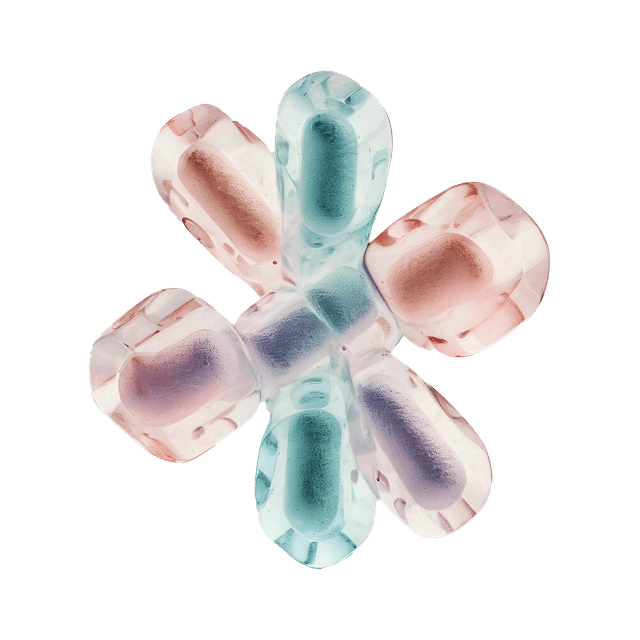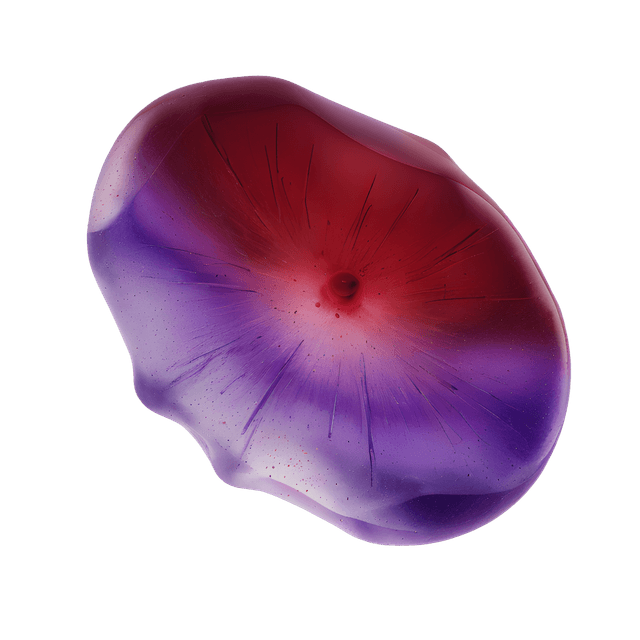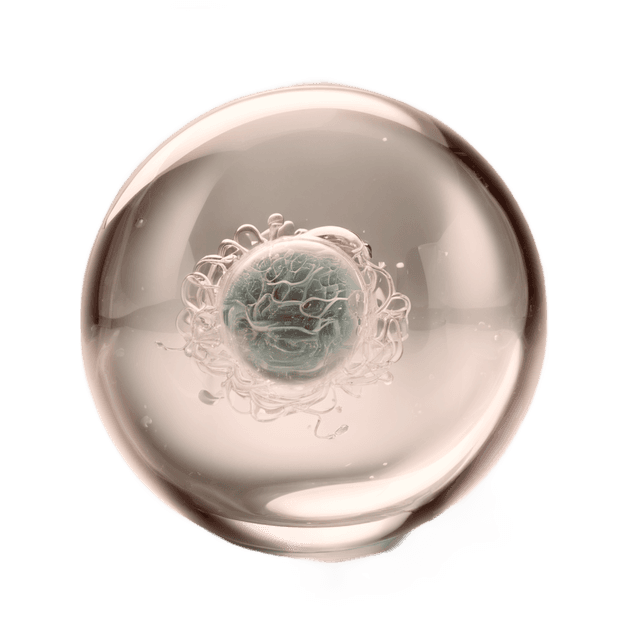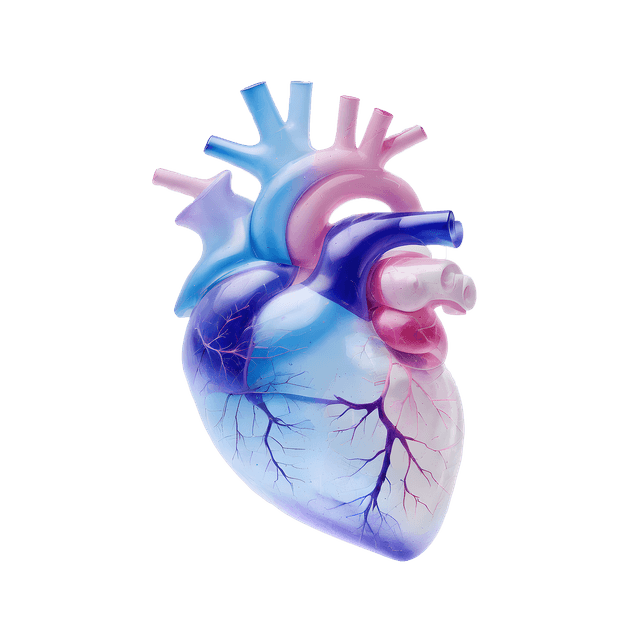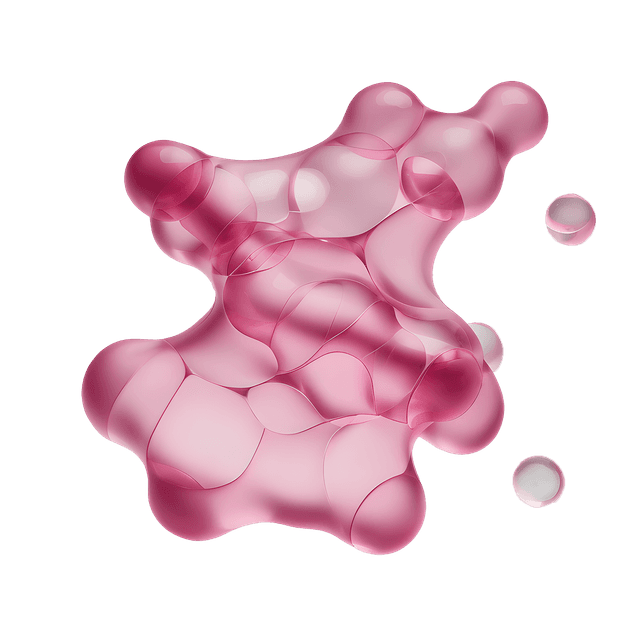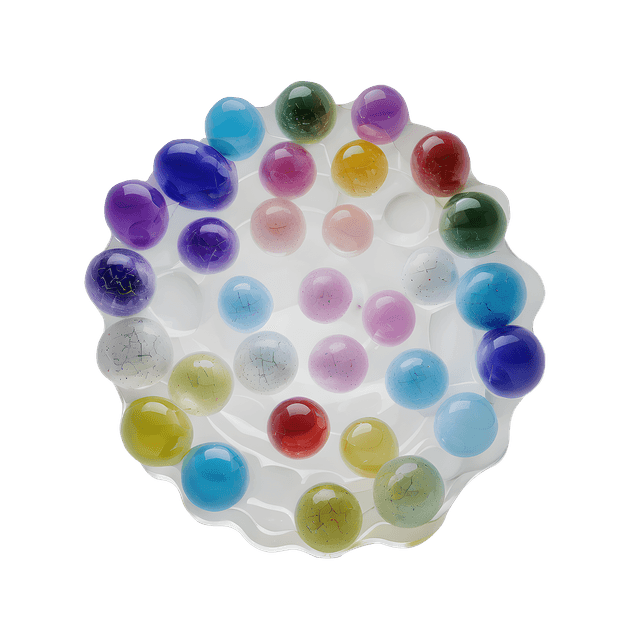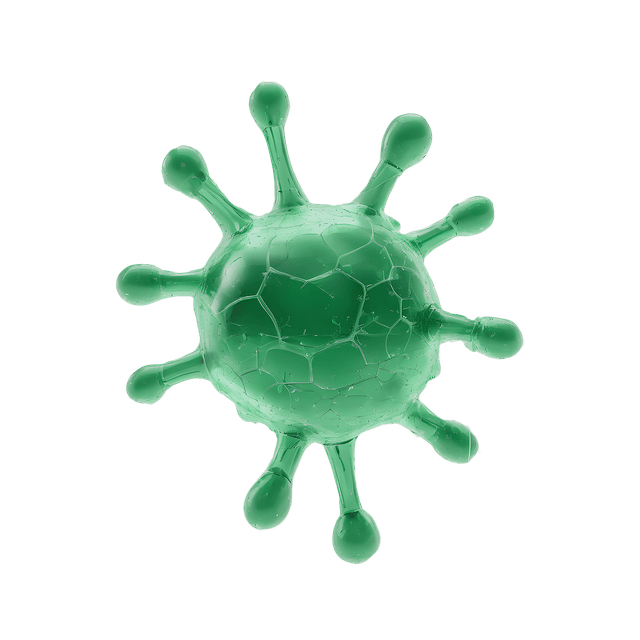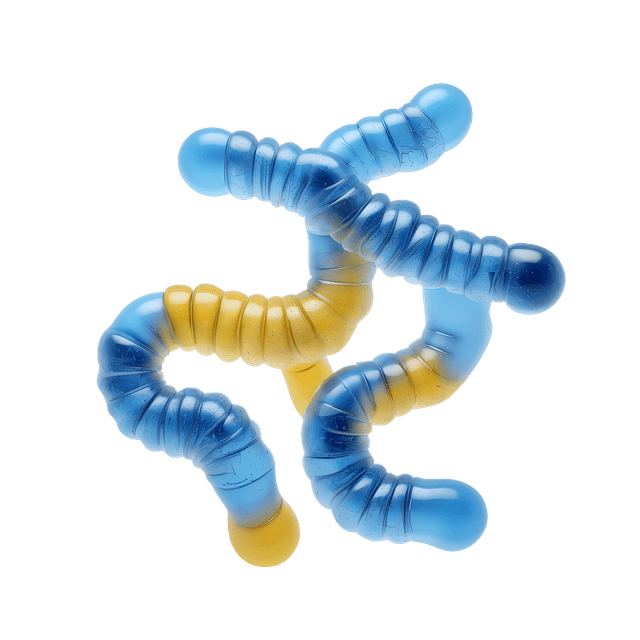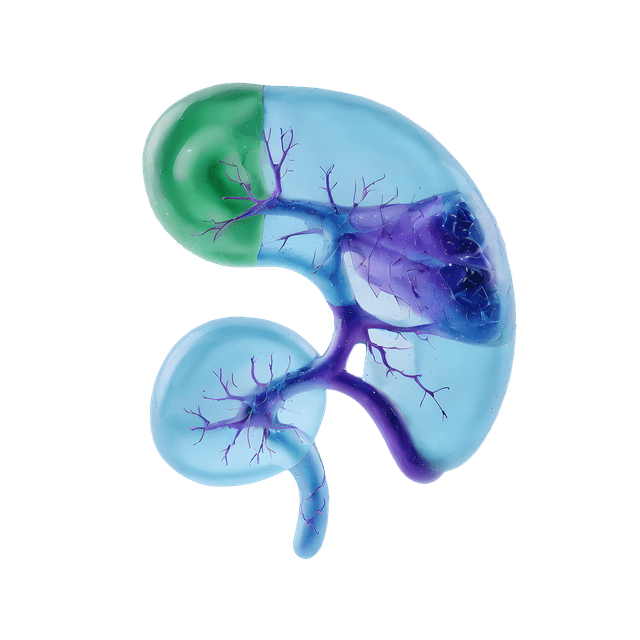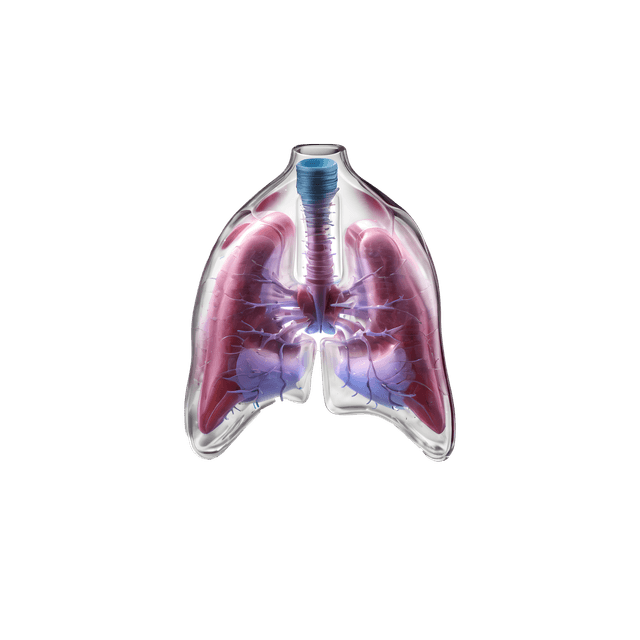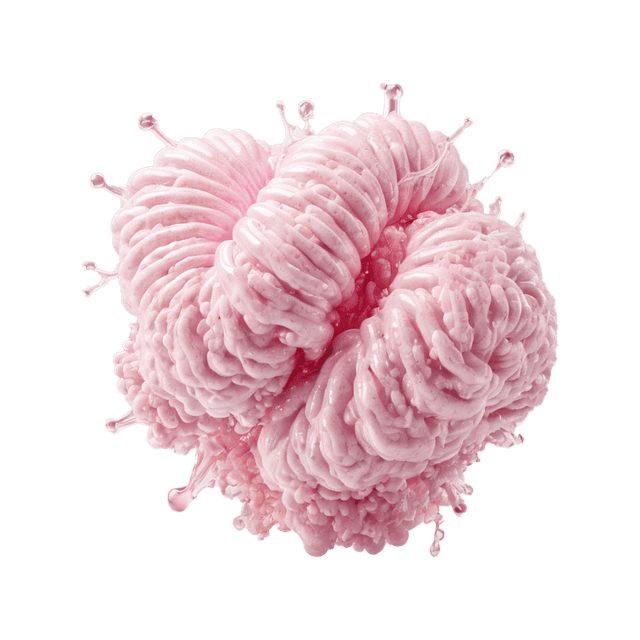What is P protein?
P-Protein, also called total protein, is the total concentration of all proteins in plasma. It contains different types of plasma proteins that have independent biosynthesis from each other. This means that a normal plasma protein value does not conclude that a separate protein has a pathological concentration.
P-Protein's function in the body
P-Protein plays an important role in body functions, including transporting thyroid hormones and vitamin A from the liver to other parts of the body. Changes in P-Protein can indicate nutritional deficiencies, liver problems, inflammation or other medical conditions. Its half-life is short, making it a useful marker for monitoring nutritional status and acute inflammatory processes.
Why is P-Protein analysed?
The analysis of P-Protein is important to assess nutritional status and to identify potential inflammatory conditions. Increased or decreased levels of P-Protein can indicate nutritional deficiencies or inflammation in the body. It is also used as a marker to monitor treatment response in certain specific medical conditions. P-protein is used to trace disturbances in protein and/or water metabolism but are used very rarely
What Does Increased or Decreased Levels of P-Protein Mean?
Elevated levels of P-Protein may indicate nutritional deficiencies, liver problems, acute inflammatory response or other medical conditions. Decreased levels may indicate protein deficiency, malnutrition or chronic inflammatory conditions.
Reference values for P-Protein
The reference values for P-Protein can vary between different laboratories and analyses, normal values are expected to be within the reference range of 64 - 79 g/L. It is important to interpret P-Protein results in connection with other clinical and laboratory measurements in order to get an overall picture of the state of health of the individual who completed the tests.



